🌍 Introduction: Egypt Under Foreign Rule
In the heart of the Second Intermediate Period, Egypt was fractured. The once-unified land of the Nile had been split between native Egyptian rulers in Thebes and foreign occupiers in the north. These invaders, known as the Hyksos—“Rulers of Foreign Lands”—were of West Asian origin, likely from Canaan. They had seized control of Lower Egypt, establishing their capital at Avaris in the Nile Delta and ruling for over a century.
The Hyksos introduced new technologies, including horse-drawn chariots and advanced weaponry, but their presence was deeply resented by native Egyptians. The stage was set for a dramatic reversal—a war of liberation that would restore Egypt’s sovereignty and usher in a golden age. That war would be led by a young Theban prince named Ahmose.
👑 The Rise of Ahmose I: A Prince Born into Resistance
Ahmose I was born into a royal family already engaged in resistance against the Hyksos. His father, Seqenenre Tao, died violently—his mummy shows signs of fatal head wounds, likely sustained in battle. His older brother, Kamose, continued the fight but died young, leaving the throne to Ahmose at around ten years old.
Despite his youth, Ahmose inherited not just a crown, but a mission: to drive the Hyksos out of Egypt and reunify the Two Lands. His reign would become one of the most transformative in Egyptian history.
⚔️ The Campaign Begins: Strategy and Siege
Ahmose’s military campaign was methodical and fierce. He began by consolidating power in Upper Egypt, securing Thebes and rallying support from loyal nobles and warriors. His mother, Queen Ahhotep I, played a crucial role in maintaining stability and encouraging resistance during his early reign.
The first major target was Tjaru (Tharo), a strategic fortress near the eastern border. Archaeological excavations at Tel Habuwa reveal evidence of fierce battles and burned structures, confirming Ahmose’s assault on the city. After securing Tjaru, he turned his attention to the Hyksos capital: Avaris.
The siege of Avaris was a turning point. Ahmose launched a combined land and naval assault, using the Nile to transport troops and supplies. The battle was brutal and prolonged, but eventually, the city fell. The Hyksos were forced to retreat northeast into Canaan.
🏹 The Final Blow: Siege of Sharuhen
Ahmose pursued the fleeing Hyksos to their stronghold at Sharuhen in southern Palestine. There, he laid siege for three years—a testament to his determination and the strength of his forces. When Sharuhen finally fell, the Hyksos threat was extinguished.
This victory was more than military—it was symbolic. Egypt had reclaimed its independence, and Ahmose had proven himself not just a warrior, but a unifier.
🏛️ Rebuilding Egypt: From War to Renaissance
With the Hyksos expelled, Ahmose turned to rebuilding. He reopened trade routes, revived mining operations in Sinai and Nubia, and launched ambitious construction projects. Temples were restored, monuments erected, and the administration reorganized to ensure loyalty and stability.
Ahmose also rewarded his veterans and nobles with land and titles, creating a new elite class loyal to the crown. His reign marked the beginning of the Eighteenth Dynasty and the New Kingdom—Egypt’s most powerful and prosperous era.
💡 Innovations and Legacy
Ahmose’s reign was not just about war—it was about transformation. He reactivated copper mines, resumed trade with the Levant, and built the last pyramid ever constructed by native Egyptian rulers. His policies laid the foundation for future pharaohs like Thutmose III and Hatshepsut to expand Egypt’s influence across the ancient world.
His wife, Ahmose-Nefertari, became the first “God’s Wife of Amun,” a powerful religious title that would shape temple politics for generations. Their son, Amenhotep I, continued his father’s legacy, further stabilizing and enriching Egypt.
📜 Historical Sources and Archaeological Evidence
Much of what we know about Ahmose comes from inscriptions, tomb paintings, and archaeological sites. The Rhind Mathematical Papyrus mentions his conquest of Tjaru. Excavations at Tel Habuwa and Avaris reveal burned buildings, battle wounds on skeletons, and massive grain silos—evidence of military occupation and logistical planning.
Ahmose’s mummy was discovered in the Deir el-Bahri cache, though he was likely buried in Abydos. His monuments at Karnak and Hermonthis stand as enduring symbols of his reign.
🌟 Conclusion: Ahmose the Liberator
Ahmose I was more than a king—he was a liberator, a visionary, and a founder. His defeat of the Hyksos ended a dark chapter in Egyptian history and opened the door to centuries of glory. His story is one of resilience, strategy, and national pride.
For modern readers and travelers, Ahmose’s legacy is a reminder of Egypt’s enduring spirit. From the ruins of Avaris to the temples of Karnak, his impact is etched into the very stones of the Nile Valley

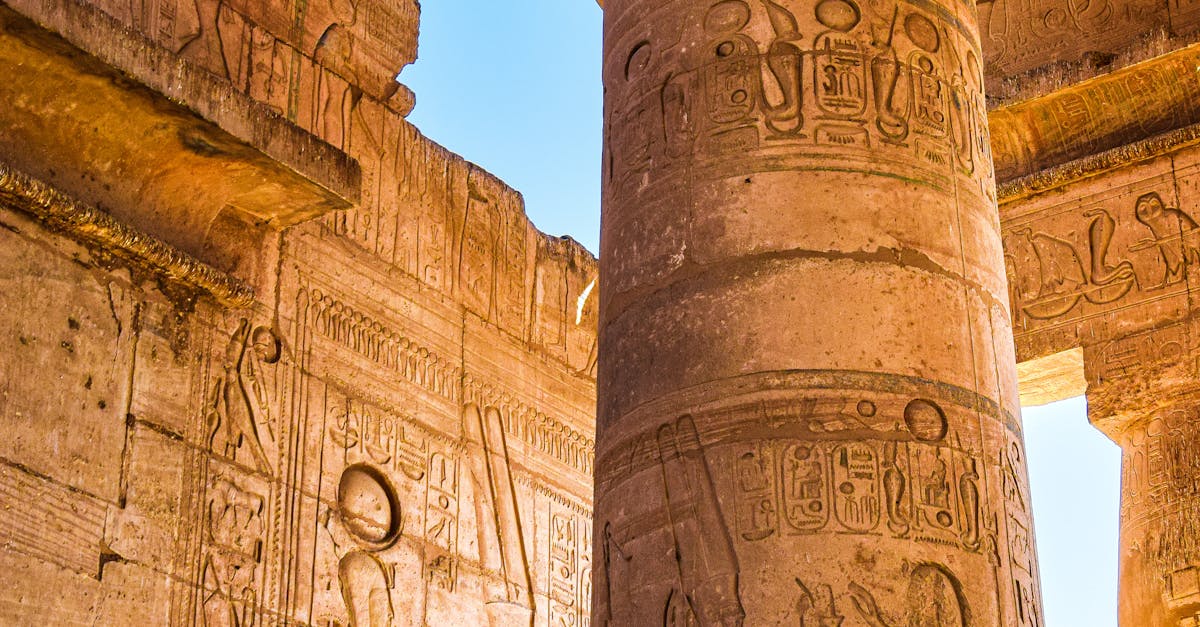

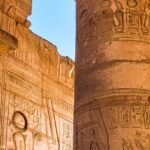
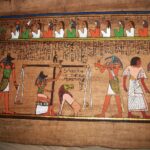
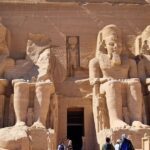
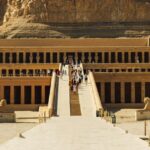
Leave a Reply